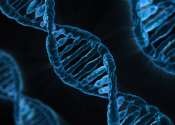A molecular atlas of skin cells
Skin is protective against physical injury, radiation and microbes, and at the same time, produces hair and facilitates perspiration. Details of how skin cells manage such disparate tasks have so far remained elusive. Now, ...









